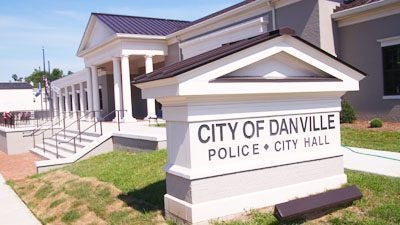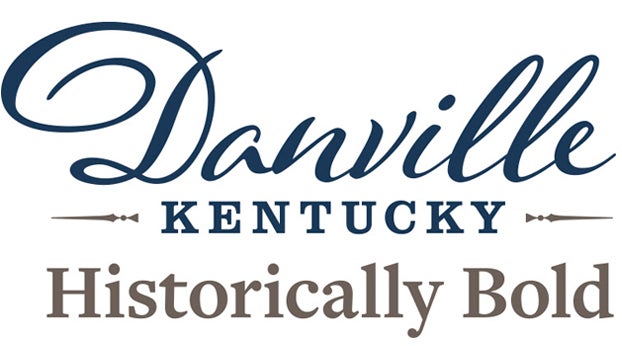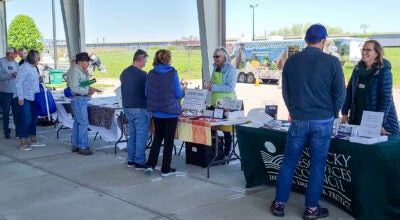City accepts bid for waste water treatment plant improvements
Published 9:00 am Tuesday, June 22, 2021
Danville’s waste water treatment plant, located on Stanford Road, is due for upgrades.
The city of Danville has approved and awarded a bid to Smith Contractors in the amount of approximately $14.3 million for waste water treatment plant improvements. In a presentation shared to the commission, Danville Utilities Director Marshall Carrier said with a deductive change order, the initial contract value is now estimated at approximately $13.6 million.
The city commission unanimously made the decision to award the bid June 14.
Carrier said the waste water treatment plant was originally constructed around 1981 with its last modifications around 1998, and he said new modifications are critical because the Kentucky Division of Water and the Environmental Protection Agency have evolving guidelines over time.
“With that evolution of guidelines, you have to have an evolution of your facilities,” he said.
Carrier said the city wants to improve the plan’s technological facilities, UV disinfection system, screening facilities, operational controls and other improvements as phase one of improvements on the plant.
According to information about proposed improvements provided to the commission, with the UV disinfection system, repair parts “are difficult to obtain and costly,” and “failure of the system would lead to permit violations and potential fines for the city.” With improvements, the system “will be replaced with a new UV system with greater hydraulic capacity.”
Additionally, with the plant’s solids handling facilities, the existing plant “is deficient in its capacity to handle solids (sludge) from the wastewater treatment process,” so the city wants to build a new solids de-watering building. Screening facility improvements are also desired to more efficiently “remove rags, debris and other solids from the waste stream and protect the functionality of the process units.”
Other desired improvements include replacing the operations/control building for one with additional space and replacing pumps and controls and facets of the electrical system.
Carrier said he encourages going forward with improvements now despite high price of construction materials such as PVC pipe because generally, construction prices are increasing year by year, so he believes it’s best to start as soon as possible.
Phase two would be adding capacity to the plant, and according to information presented to the commission, “the preliminary opinion of probable construction cost for the Phase 2 improvements is $12.5 million” additionally, and “the cost estimate will be updated as the design progresses,” so phase two is still in the design process.
For the schedule, phase one construction is expected to start in August with anticipated completion in February 2023. The design of phase two will continue as phase one is under construction, with “anticipated design completion and letting of Phase 2 upon closeout of Phase 1.”
The permitted capacity the plant currently has is about 6.5 million gallons per day, though it can hold more if there are heavy rains or other circumstances. Going through the plant are about 5.8 gallons each day on average, so it’s getting close to its threshold of permitted capacity, and it has about 26,000 customers in the county and some surrounding areas.
“So now we’re getting to the point where we need to think about adding capacity,” Carrier said. “Well, we can’t add capacity until we increase our technology,” hence why he said there is need for phase one.
Increasing capacity for the plant could have a ripple effect into economic development, he said. If a large industrial user wants to use 0.5 million gallons of water a day, for example, which contributes to the sewer system, it may hold the county or city back from allowing them to come in and develop if the plant doesn’t have adequate permitted capacity. However, if it is permitted to hold more, for example the city’s goal of 9 million gallons per day, it could make economic development more realistic in this way.
“There comes your economic development standpoint — so now, you can feasibly say ‘Yeah, we have the capacity to treat the sewage from your facilities because by permit, we’ve increased our capacity,’” Carrier said.
That’s why the city is working on these improvements, Carrier said. Phase one is planned to focus on facilities and technological advancement, and the capacity improvements would come a couple of years down the road.
“At the end of the day, it needs to be done,” Carrier said. “It’s just it needs to be phased in.”







